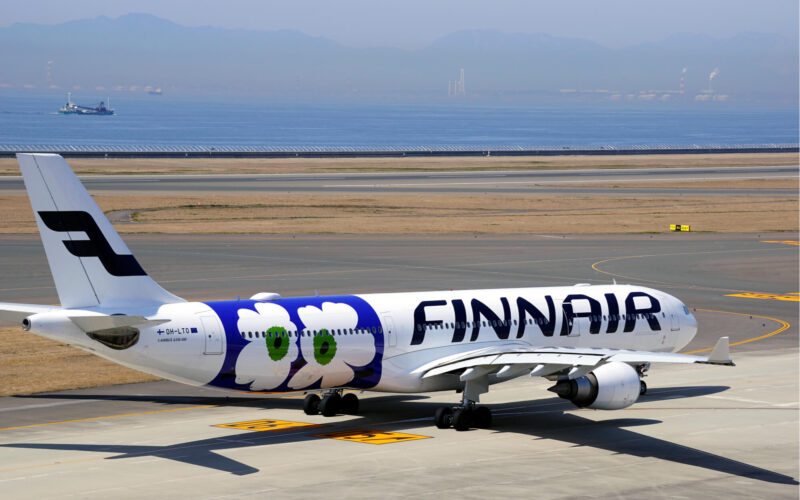Finnair is suffering as travel restrictions continue to affect its main long-haul markets in Asia, leaving the carrier more exposed than its European rivals, the airline said on October 26, 2021.
The Finnish airline said it had seen positive booking trends from September onwards, reflecting pent-up demand and vaccination coverage. However, most countries in Asia are still closed to international travel and the United States is not easing restrictions until November 8.
“Only approximately half of our markets are, thus, open for travel, which is clearly less than for many other European airlines,” Chief Executive Topi Manner said in the carrier’s third quarter results statement.
Finnair’s business model has been to connect Asia with Europe via its hub in Helsinki (HEL). The airline predicts that markets in Asia will start opening to travelers “more meaningfully” in early 2022, apart from China, which it expects will only open after the first half of 2022.
The slow recovery of Asian traffic means Finnair expects its operating losses to continue in the first half of 2022 and that the airline will not return to pre-pandemic traffic levels until 2023.
“We continue to closely monitor the development of travel restrictions and demand and are adding capacity to both Europe and our long-haul destinations during the winter season when the situation warrants,” Finnair said, adding it had started recalling employees from leave.
While revenue doubled in the three months to September 30, 2021 to €199.4 million (£231.3 million), Finnair continued to incur losses. The airline posted a comparable operating loss of €109.1 million ($126.6 million) for the quarter, against a loss of €167.0 million ($193.7 million) one year ago.
It expects a similar operating loss for the final quarter of 2021, but is not providing revenue guidance for 2021 as a whole.
In the third quarter, Finnair reported positive operating cash flow for the first time since the fourth quarter of 2019, thanks to improved bookings and strong cargo operations. Operating cash flow should also remain positive in the fourth quarter, Finnair said.
Cargo revenue doubled in the quarter compared to 2020, reaching a record high of €65 million ($75.4 million). Finnair said full cargo loads in the belly meant it had been able to continue operating flights to Asia and North Atlantic destinations despite the lack of passengers. It expects the strong cargo demand to continue for the rest of 2021.
Although Finnair is still planning to invest in wide-body aircraft, it is postponing investment in renewing its narrow-body fleet “by some years”.

